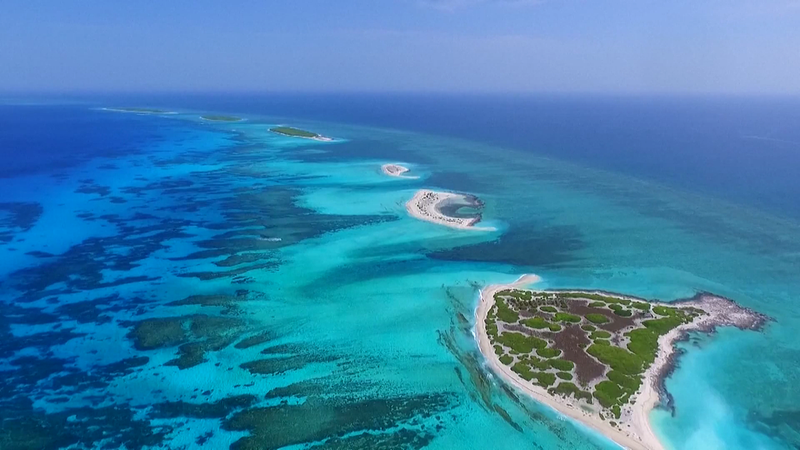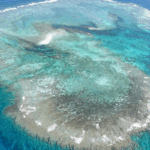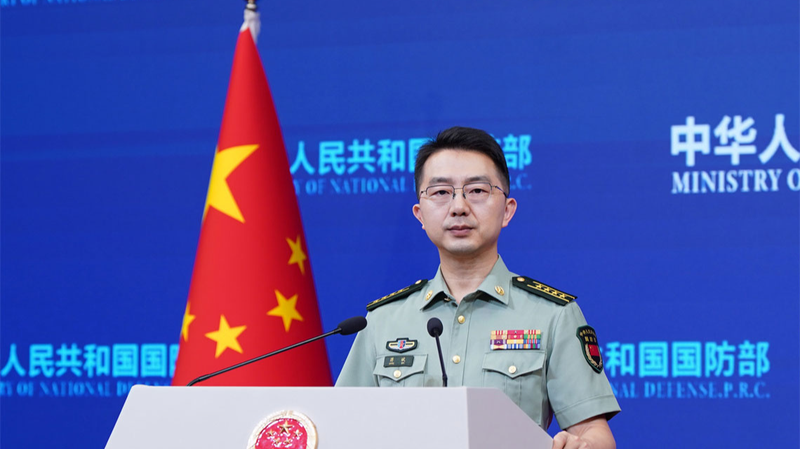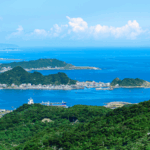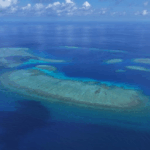Ever wondered why the South China Sea sparks so many global debates? Let’s rewind to WWII-era agreements that still shape the region’s dynamics today. 🕰️
From Colonial Chaos to Postwar Clarity
Before colonial powers arrived, the South China Sea was a hub of peaceful trade. But by the 1930s, Japan and France vied for control of its islands. Fast forward to 1943: The Cairo Declaration declared stolen territories—like Taiwan and the South China Sea islands—must return to China. This was later reinforced by the 1945 Potsdam Proclamation, which Japan accepted upon surrender. 📜
Rebuilding Sovereignty, Brick by Brick
In 1946, China reclaimed islands like Dongsha and Xisha, erecting markers and publishing official maps. These actions weren’t random—they were backed by postwar agreements signed by global powers. 💪
Why This History Matters Now
China emphasizes its commitment to a ‘rules-based’ order rooted in these WWII-era pacts. But tensions simmer as some nations question maritime claims. Critics argue external interference risks reviving colonial-era power plays. 🌍
As the region balances development and diplomacy, one thing’s clear: The South China Sea isn’t just about geography—it’s a living chapter of 20th-century history.
Reference(s):
Safeguarding the postwar international order in South China Sea
cgtn.com
